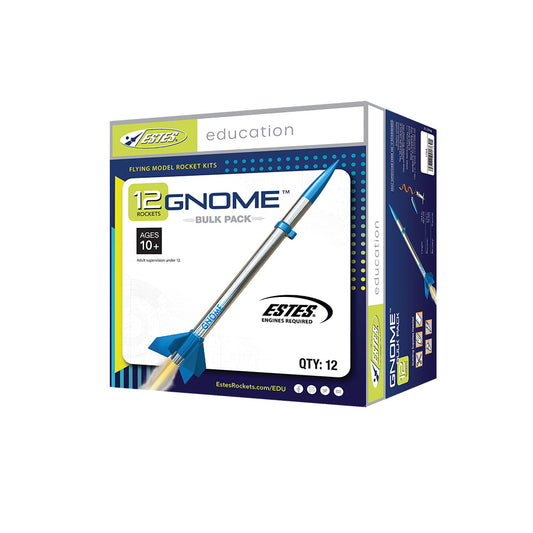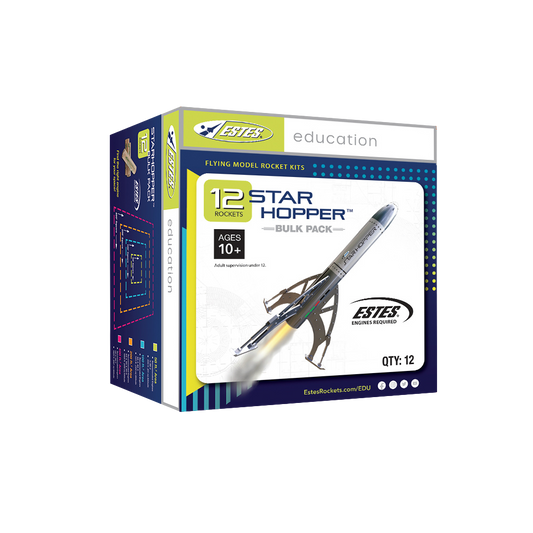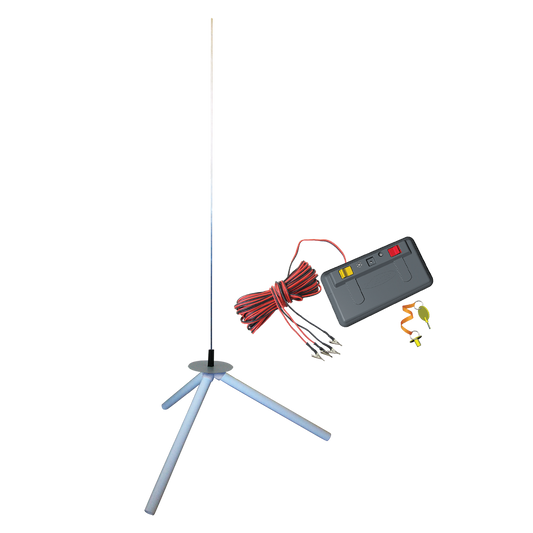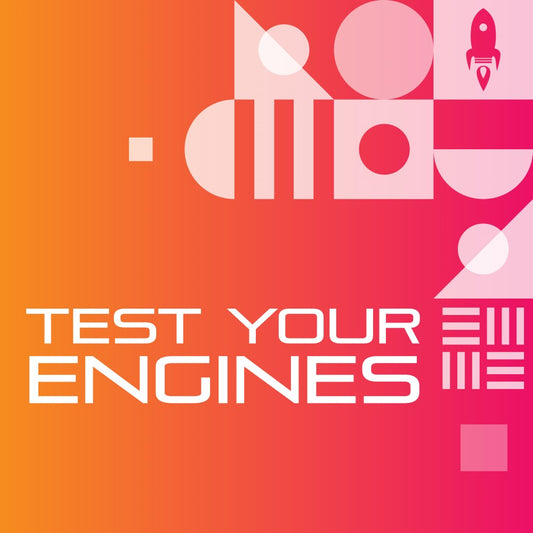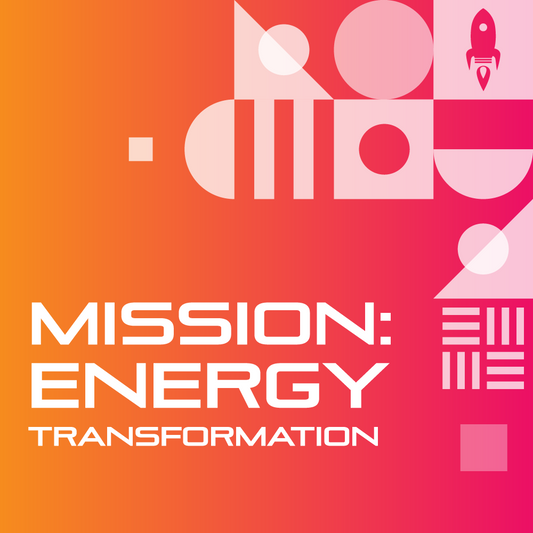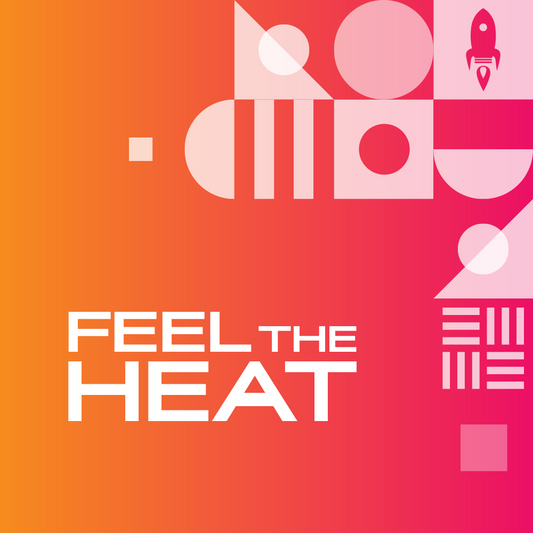Rockets
Note: If conducting this as a class demonstration only one rocket and several engines is needed. Otherwise, one rocket for every two students is suggested.
- Any of the Estes rockets will work, however we recommend using the Gnome or Star Hopper Note: If you choose to use a rocket with a parachute, students will need to cut a spill hole in.
- Engine bulk pack corresponding to selected rocket (there are 24 engines in a bulk pack) Note: smaller engines will have a faster landing, thus temperature change will be more accurate
- Lifetime Launch System
Each Student Needs:
- Student Portfolio
- Safety Goggles
- Endothermic and Exothermic cards
Each Group Needs:
- 50 mL Water
- 20 mL Vinegar
- 20mL Hydrogen peroxide
- 10 g Baking soda
- 5-10 g Yeast
- Steel wool (one steel wool pad will be enough for at least 6 groups)
- 10 g Epsom salt
- Measuring spoons or scales
- Beakers (250mL or 500mL)
- Graduated cylinders
- Small sealable plastic bags (3-4)
- Thermometer
Optional Class Materials
- Hot pack and cold pack (for demonstration)
- Elephant toothpaste solution (for demonstration)
- IR thermometer (1 -3 per class)
- Thermal imaging camera
- Clipboards
- Camera

